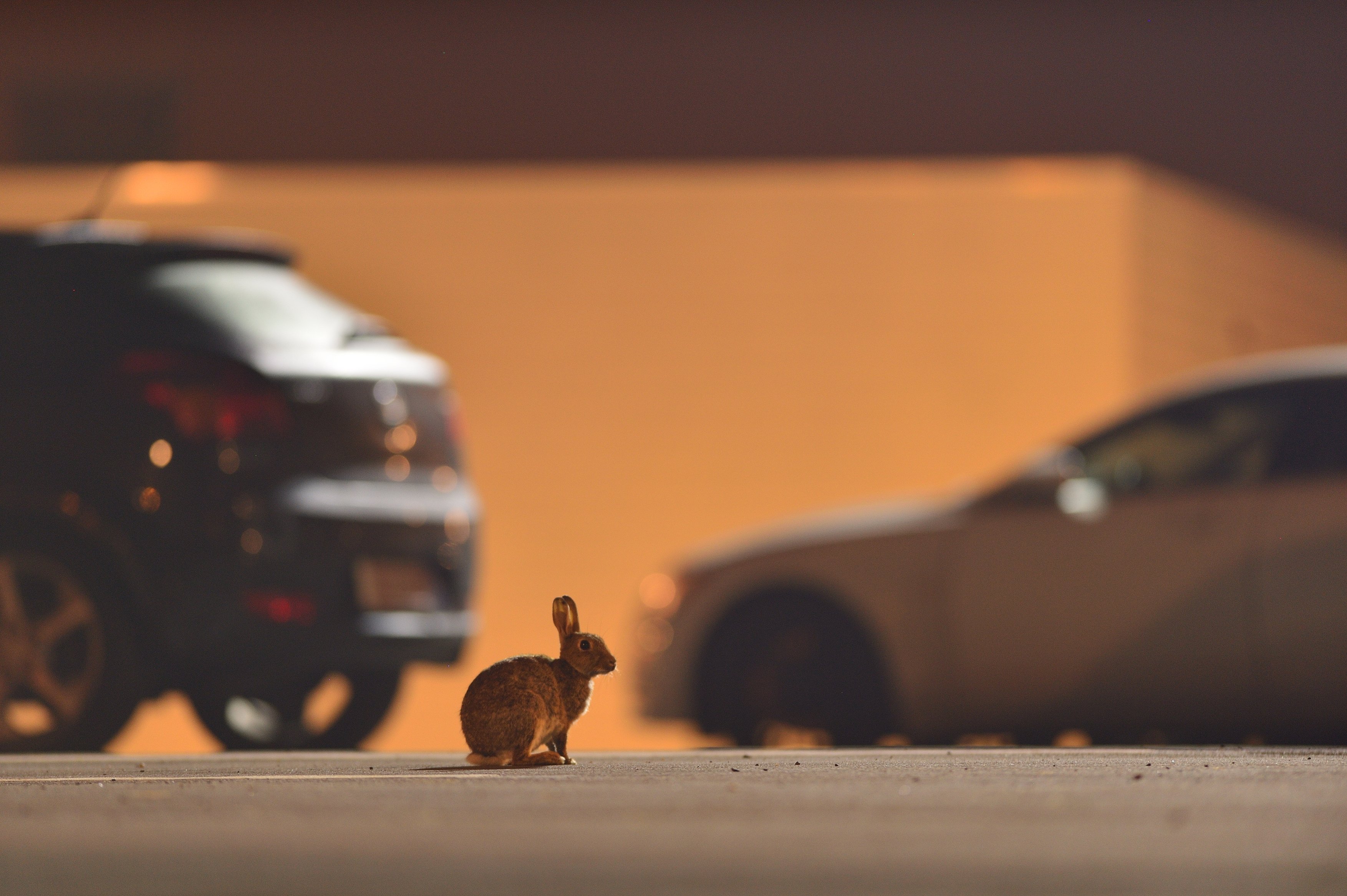
Nature Fabric Planning is a voluntary policy transition process that is currently in development in Flanders, Belgium. 'Nature fabric' refers to connecting green, blue and gray elements as a means to increase biodiversity and the quality of life of citizens in cities and towns through co-creation processes. In essence, this agreement-based instrument is a framework to create and facilitate multi-stakeholder arena's for horizontal decision-making. Any local stakeholder (e.g. citizens, community groups, municipal departments) can apply in a coalition as long as it includes a (local) governmental agency. These coalitions determine the socio-ecological development, management and quality of a neighborhood for 24 years and create a framework for development and collaboration based on a common vision, goals and ownership. A long-term vision on the design of the neighborhood is developed, which includes area-specific nature objectives. Actions defined through the co-creation process can include, for example, placing a tunnel for hedgehogs to de-sealing streets or creating a retention basin with an adventurous natural playground. Every six years, the neighborhood development plans are to be evaluated and revised.
